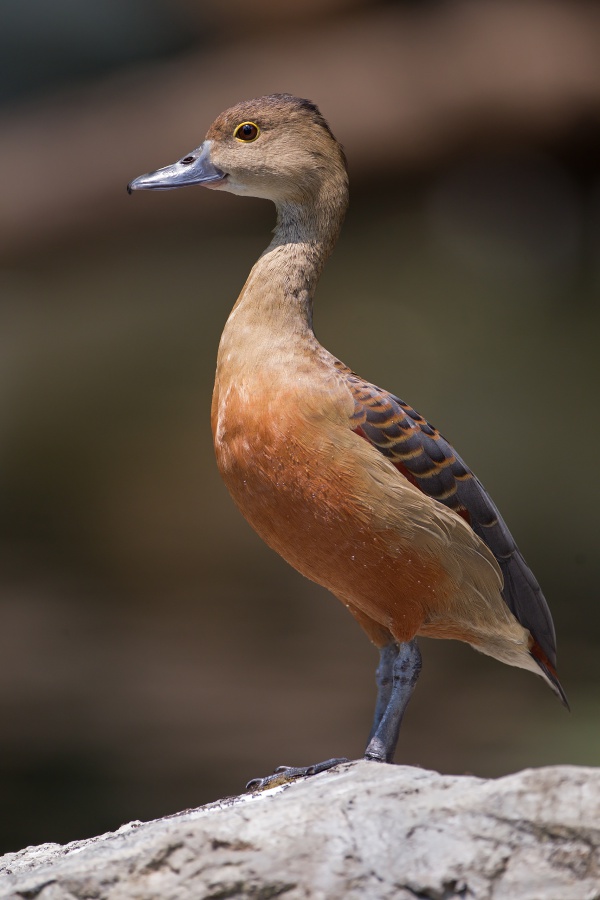Facts About Lesser whistling duck
The lesser whistling duck, also known as the Indian whistling duck or lesser whistling teal, is a delightful species found across the Indian subcontinent and Southeast Asia. These ducks are primarily nocturnal feeders, but during the day, they can be spotted in flocks around lakes and wet paddy fields. Interestingly, they have the ability to perch on trees and sometimes nest in tree hollows.
With their brown plumage, long necks, broad wings, and distinctive loud two-note wheezy call, the lesser whistling ducks are easy to identify. A unique feature is their chestnut rump, which distinguishes them from the similar-looking fulvous whistling duck.
Typically found in lowland wetlands, these ducks prefer freshwater habitats rich in vegetation. They often rest on banks or even at sea in coastal areas during the day. Their movements are frequently influenced by weather conditions and water availability.
Lesser whistling ducks are social animals, feeding on a varied diet that includes plants, grains, small fish, frogs, and invertebrates. During courtship, they perform endearing behaviors such as dipping and raising their bills in the water and swimming around the female. They usually breed during the monsoon season, choosing tree holes or large forks in trees for their nests. Both parents share the responsibility of incubating the 7 to 12 eggs, which hatch in about 22-24 days. The ducklings may even ride on their parents' backs.
In captivity, these ducks can become quite tame, responding to whistles and living up to 9 years. However, they can host various parasites, including cestodes and bird lice.

 India
India